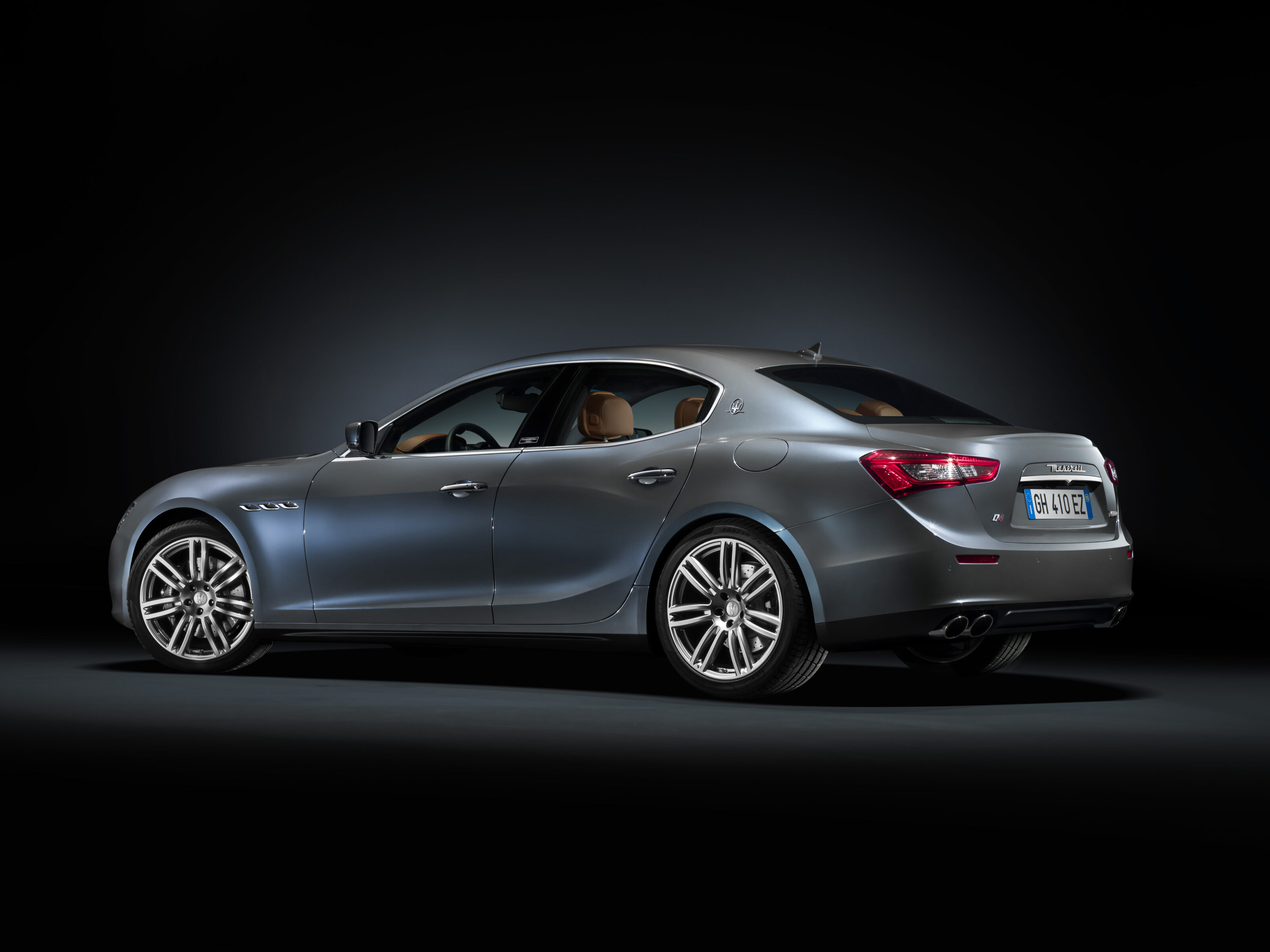Maserati turns to nature to set Ghibli apart from tech-touting German rivals. Optional silk interior, trimmed in fabrics specially developed by Italian textile and fashion leader Zegna, are the highlight of MY16 update from Fiat Chrysler Automobiles’ fast-growing luxury brand.
WHAT IS IT? Large premium luxury sedan, Italian style. Launched in European markets in 2013, the Ghibli has driven Maserati’s recent rapid growth spurt; from just over 6000 cars in 2012 to 36,500 in 2014.
WHY WE’RE TESTING IT To try silk seats for the first time, obviously.
MAIN RIVALS Mainly A-grade German rear-drive sedans like top-end BMW 5 Series and Mercedes-Benz E-Class models, but new Jaguar XF, too, when it arrives.
THE WHEELS VERDICT Simpler, sexier, sportier … and now silkier … than anything Germany has to offer.PLUS: Performance; responsiveness and agility; exterior MINUS: Firm-ish ride; rear seat space; interior presentation; price

THE WHEELS REVIEW IF you didn’t know it was silk, you would never guess. But this isn’t going to bother the Italian brand’s growing band of customers, according to the man in charge. “You don’t really see it, but you know it,” says Harald Wester, head of Maserati. “And it adds something to your well-being.”
The grey fabric is most prominently used for seat cushion and backrest inserts, combined with black, red or natural tan Poltrona Frau leather. Door trim inserts, the roof lining and sun visor coverings are also in silk, made for Maserati by Ermenegildo Zegna. As well as being huge in upmarket male fashion, the Italian company has more than a century of textile manufacturing expertise.
While the fabric is good to look at, my well-being meter doesn’t suddenly spike as I settle into the Maserati’s seats, stroke its door trims and run my eyes over its roof lining. Maybe the magic only works if you’ve actually paid for it yourself…
To achieve the durability standards demanded by Maserati, the silk in the seats is a very dense weave, which lacks the pliant softness of a clothing fabric. Zegna says the textile inserts have great breathability, which should make the silk seats more comfortable in summer. In the mild weather of our test drive in Italy, the silk inserts felt as firm as the leather around them.
According to Harald Wester, the optional Zegna interior will cost around the same as Maserati’s premium leather package. Globally, around 60 percent of the trident brand’s customers choose to pay more for classier cowhide. Price won’t be a barrier to the silk interior’s success.
If you’re wondering why we’re lingering so long on the subject of silk, it’s because there’s little else to get excited about in this MY16 update.

The good-looking Italian is a more involving drive than comparable Germans, but it was that way from launch. And except for the silk option, nothing significant has really changed inside Maserati’s most popular model.
An upgrade to Euro VI emissions standards has improved fuel efficiency of the car’s Ferrari-manufactured twin-turbo 3.0-litre V6 petrol-burners, mainly because of the addition of a idle-stop system. But Ghibli and Ghibli S power outputs remain unchanged at 243kW and 301kW. Same goes for the Ghibli’s 202kW 3.0-litre turbo diesel, where the big change for Euro VI is the addition of an AdBlue tank.
The remainder of the MY16 tech upgrades are equally yawn-worthy; blind-spot alert and rear cross path warning, hands-free boot operation, upgraded standard Harman Kardon audio and the option of Apple’s Siri as an on-board assistant. This is tech that’s commonplace in much less expensive cars than the Ghibli. But silk? No-one else does it…

SPECS Model: Maserati Ghibli Engine: 2997cc V6 (60°), dohc, 24v, twin turbocharged Max power: 243kW at 5000rpm Max torque: 500Nm at 1750 to 4500rpm Transmission: 8-speed automatic Kerb weight: 1810kg 0-100km/h: 5.6sec Price: $145,000 (est.) On sale: Q4 2015
Sign up here to receive the latest round-up of Wheels news, reviews and video highlights straight to your inbox each week.







